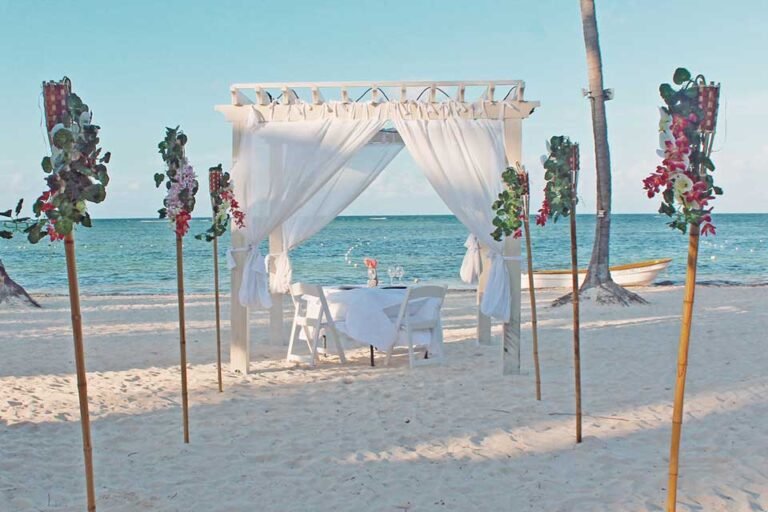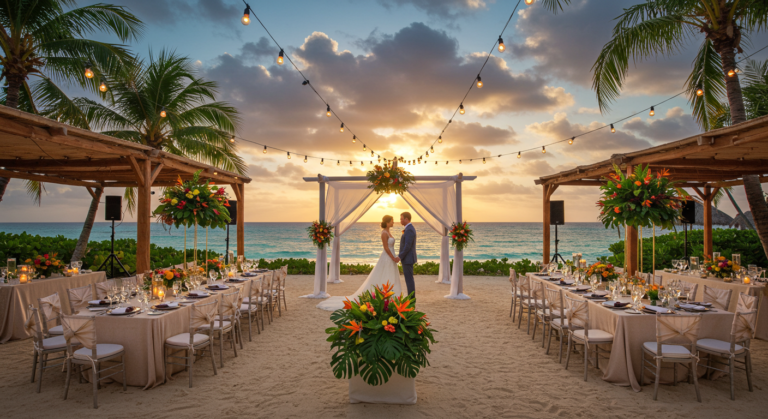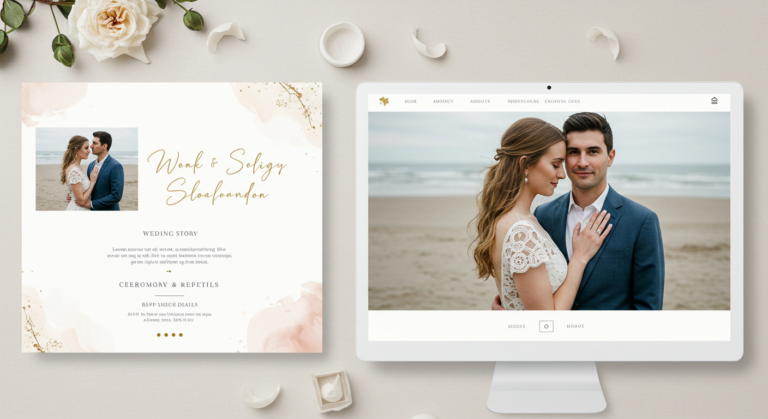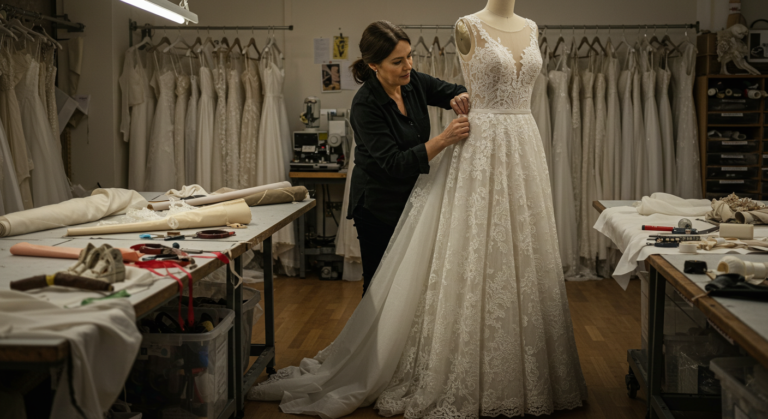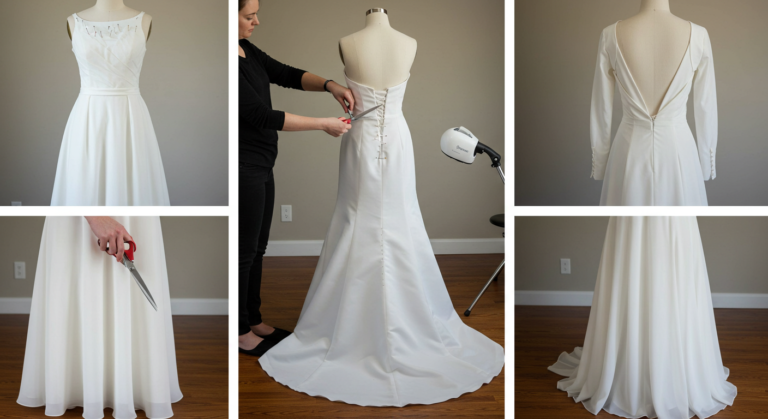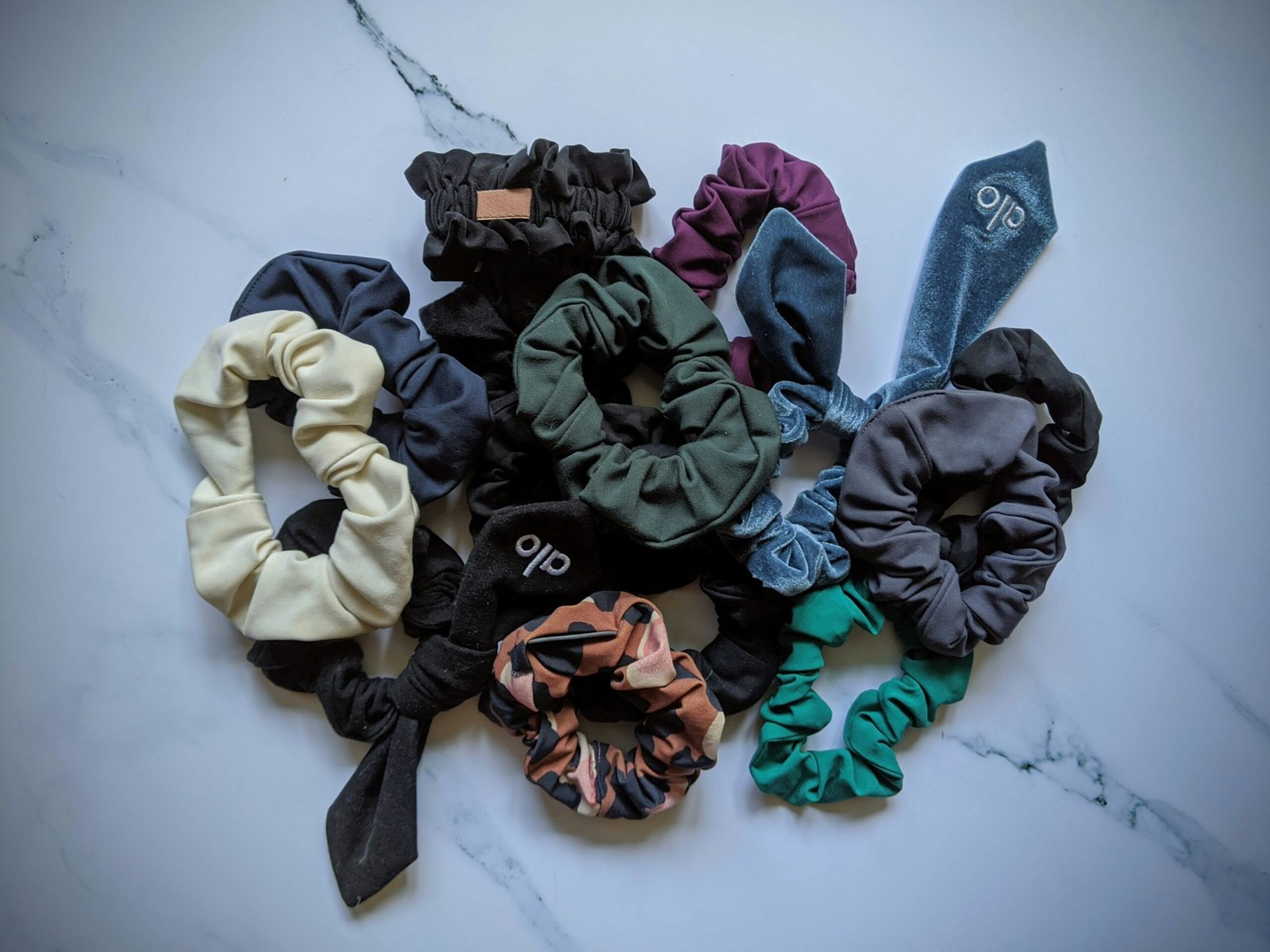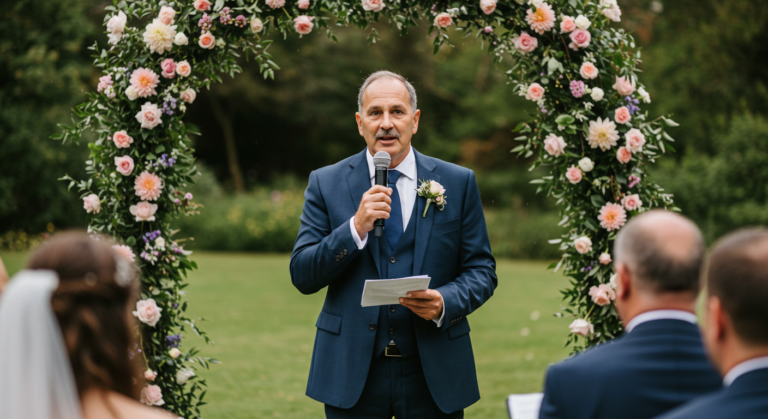Choosing the Right Wedding Florals for Each Season
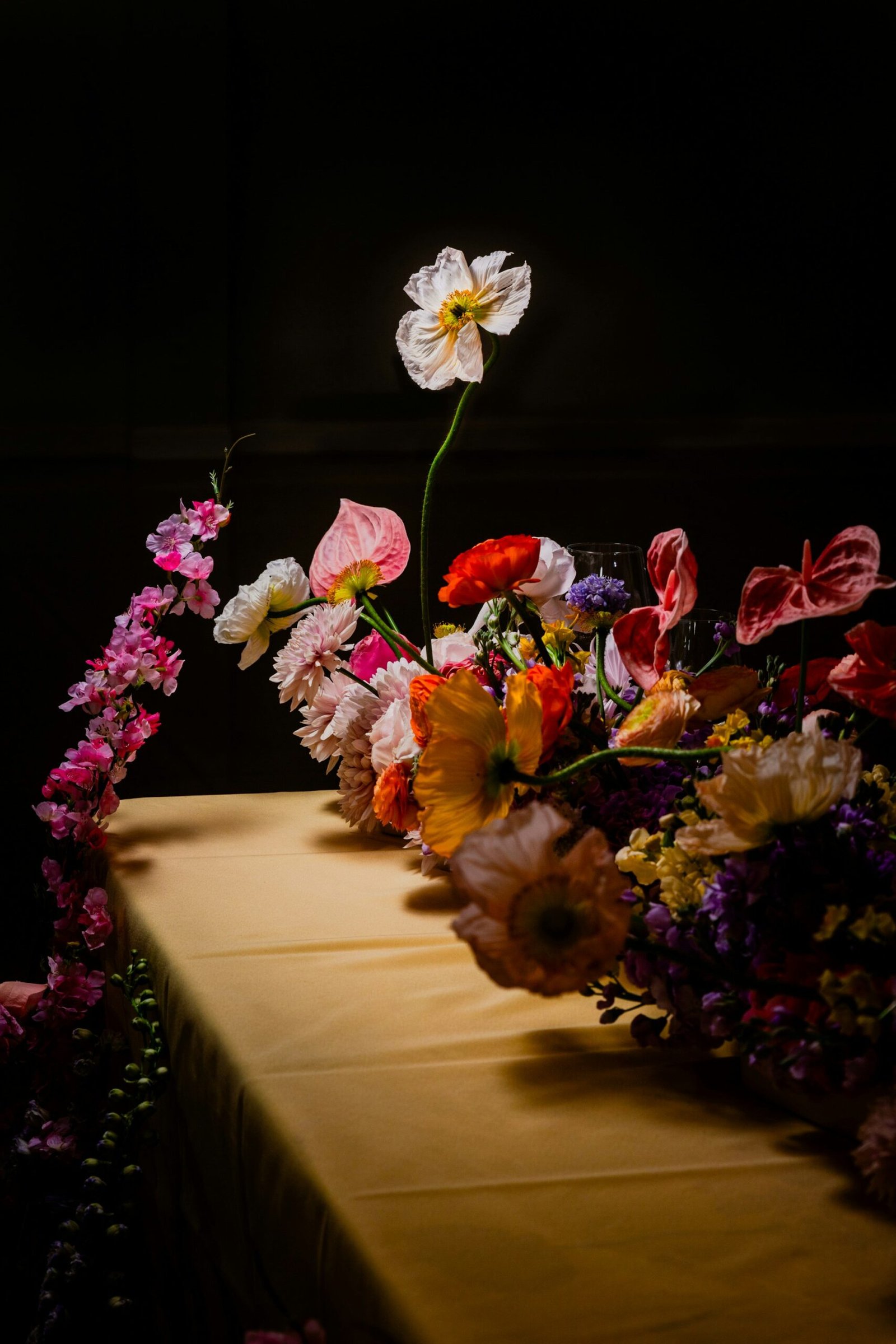
Introduction to Seasonal Wedding Florals
The selection of wedding florals is an integral component of any nuptial celebration, and the concept of seasonality plays a significant role in this process. Seasonal wedding florals refer to the practice of choosing flowers that are naturally in bloom during the specific time of the year when the wedding is taking place. This choice not only influences the visual appeal of the event but also impacts the overall cost and availability of the floral arrangements.
By opting for flowers that are in season, couples can enhance the aesthetic of their weddings. Seasonal blooms often embody the characteristics of their respective seasons, be it the vibrant colors of summer blooms or the rustic tones of autumn foliage. Utilizing flowers that align with the season can create a cohesive and harmonious theme, allowing for a more picturesque setting. Additionally, seasonal flowers are typically fresher and more resilient, translating to longer-lasting arrangements that can withstand the rigors of a day-long celebration.
Cost is another considerable factor when it comes to wedding florals. Flowers that are in peak season are often more affordable due to their abundance in local markets. Conversely, out-of-season flowers may require special sourcing, leading to higher costs associated with transportation and scarcity. Therefore, by selecting seasonal blooms, couples can enjoy a beautifully designed floral display while maintaining control over their wedding budget.
Furthermore, understanding the different floral options available throughout the year sets the stage for informed decisions. As we delve deeper into the seasonal breakdown of wedding florals, couples will become more equipped to choose the perfect blooms that align with their vision, budget, and the natural beauty of the season. This knowledge can be invaluable in creating a memorable and unique wedding experience.
Spring Wedding Florals
Spring is a season of renewal and growth, making it an ideal time for weddings. The vibrant blooms that flourish during this time create an atmosphere filled with joy and vitality. Choosing the right wedding florals for a spring ceremony can significantly enhance the overall aesthetic. Some popular flower choices are peonies, tulips, and daffodils, each offering unique colors and meanings that perfectly capture the spirit of spring.
Peonies, with their lush, full petals, are among the most sought-after spring flowers. They come in a variety of colors, including soft pinks, whites, and vibrant reds. Symbolizing romance and prosperity, peonies can be incorporated into bouquet arrangements, centerpieces, and even as decorative accents throughout the venue, creating an ambiance of elegance and charm.
Another splendid option is tulips, which are available in almost every color imaginable. They represent strong love and affection, making them perfect for wedding celebrations. Their simplicity allows for versatile arrangements, whether used in a classic bouquet or as part of an elaborate floral arch.
Daffodils are a more unique choice, showcasing cheerful yellow blooms that symbolize new beginnings. Their bright appearance can uplift the décor of any venue and add a charming touch to floral arrangements. Using daffodils in your wedding flowers can not only signify the new chapter you are embarking on but also infuse the environment with freshness and warmth.
When sourcing spring flowers, consider local florists or flower markets that specialize in seasonal blooms. This not only supports local businesses but ensures that the flowers are fresh and blooming at their peak. For floral arrangements, consider incorporating a mix of shapes and heights to create depth and visual interest. By thoughtfully selecting and arranging these stunning florals, couples can create an enchanting spring wedding setting that resonates with love and joy.
Summer Wedding Florals
Choosing the appropriate florals for a summer wedding involves selecting blooms that not only look beautiful but can withstand the heat of the season. Summer brings with it a vibrant selection of flowers known for their bold colors and enchanting fragrances. Among the top contenders are sunflowers, dahlias, and roses, each of which lends a unique charm to wedding arrangements.
Sunflowers, with their large golden petals, symbolize adoration and loyalty. Their cheerful appearance instantly uplifts the mood, making them perfect for a summer celebration. They pair wonderfully with other vibrant blooms, creating striking centerpieces or bold bouquets. Dahlias are another excellent choice; their intricate shapes and variety of hues—from rich burgundies to bright pinks—add depth and sophistication. For a more traditional touch, consider using roses, available in a spectrum of colors, which add elegance and romance to any floral design.
When planning floral arrangements for a summer wedding, it is essential to consider the heat and potential wilting that may occur. Using heat-resistant flowers is crucial, as well as keeping arrangements in shaded areas when possible. Some couples opt for a mix of fresh and artificial flowers to maintain visual appeal throughout the festivities. Additionally, incorporating elements such as succulents can provide a trendy yet enduring touch to the decor.
Themed arrangements can further enhance the summer wedding ambiance. For instance, beach-themed weddings might benefit from tropical flowers like hibiscus and orchids, while rustic settings could integrate wildflowers and greenery. By carefully selecting floral arrangements that reflect the season and resonate with personal style, couples can create stunning summer weddings that are both visually appealing and memorable.
Fall Wedding Florals
Autumn is a season that boasts a captivating palette of warm, earthy tones, making it an ideal backdrop for a wedding. Choosing the right fall wedding florals can enhance the beauty of the season and create an unforgettable ambiance. Notable flowers for this time of year include chrysanthemums, dahlias, and asters, each presenting their unique charm and availability.
Chrysanthemums, often referred to as ‘mums’, are celebrated for their vibrant colors and intricate shapes. Available in numerous varieties, they can be found in shades ranging from deep burgundy to golden yellow, perfectly embodying the essence of fall. These blooms work wonderfully in bouquets and centerpieces, offering a full, textured look that complements the season’s aesthetics.
Dahlias are another excellent choice for autumn weddings. With their dramatic, bold shapes and rich hues, they can add depth and character to any floral arrangement. Available from late summer into fall, dahlias can be used to create stunning focal points in bouquets or table arrangements, blending seamlessly with other seasonal elements.
Asters, with their star-shaped blossoms, provide an airy feel to fall arrangements. Available in shades of purple, pink, and white, these delicate flowers can soften the overall look while maintaining the vibrant energy characteristic of autumn. Incorporating asters alongside other more robust flowers can create a balanced floral display.
Incorporating seasonal foliage is essential when designing fall wedding florals. Consider using eucalyptus, maple leaves, or even bits of wheat to enhance arrangements. These elements not only reflect the season but also add texture and dimension. Unique arrangements that intertwine these flowers with foliage, perhaps in rustic mason jars or elegant glassware, can evoke the beauty of the autumn landscape, making your fall wedding florals a true reflection of the season.
Winter Wedding Florals
Winter weddings present a unique opportunity to incorporate florals that are both elegant and subtle, perfectly complementing the enchanting atmosphere of the season. To create a romantic and warm setting, couples can consider using flowers such as poinsettias, amaryllis, and evergreens. These flowers not only reflect the seasonal palette but also evoke feelings of coziness and intimacy.
Poinsettias, with their deep red and vibrant green hues, offer a classic touch to winter arrangements. These blooms can be used as focal points in bridal bouquets or incorporated into centerpieces to set a festive tone. Their striking appearance makes them an excellent choice for couples looking to infuse their wedding decor with the spirit of the season. Amaryllis is another stunning option, characterized by its large, trumpet-shaped blossoms that come in various colors, including white and rich red. The bold elegance of amaryllis can elevate floral arrangements, enhancing the warmth of a winter wedding.
In addition to these beautiful flowers, evergreens create a lush and fragrant background for your wedding florals. Incorporating pine and fir branches into bouquets or table arrangements infuses a delightful scent and adds texture, creating a more natural aesthetic. To further enhance the winter theme, consider adding seasonal accessories such as pinecones and berries. These elements not only serve as charming accents but also contribute to a cohesive and inviting atmosphere.
When choosing arrangements for a winter wedding, it is important to emphasize warmth and togetherness. Opt for rich, deep colors that resonate with the season, and select arrangements that encourage closeness, such as low centerpieces that invite conversation. Through thoughtful selections and clever layering of seasonal florals, couples can create a memorable and intimate experience for themselves and their guests during this magical time of year.
Tips for Choosing Seasonal Florals
When selecting the ideal florals for your wedding, taking into account the season is crucial for creating a cohesive and aesthetically pleasing atmosphere. One of the first steps couples should take is to consult with local florists who possess in-depth knowledge of the floral varieties that thrive during the specific season of their wedding. Local florists can provide insights into availability and inform couples about any unique blooms that are in season, ensuring the selected flowers match the wedding’s timeline. Additionally, relying on the expertise of seasoned professionals helps to mitigate risks associated with sourcing flowers.
Color palettes and themes are vital components in the decision-making process. Each season possesses its own distinct color characteristics, ranging from the vibrant hues of spring to the earthy tones of autumn. Couples should consider how floral arrangements will harmonize with their selected color scheme. For instance, a summer wedding may benefit from bright, cheerful colors like yellows and pinks, while a winter wedding could embrace deeper, more subdued shades like burgundy or rich greens. Proper alignment of florals with the overall theme will enhance the desired ambiance of the event.
Understanding the financial implications of floral choices is also essential. Seasonal flowers typically cost less compared to out-of-season varieties, which require special sourcing and potentially higher transportation fees. Couples should establish a budget beforehand and inquire about the average costs associated with seasonal blooms. This allows for informed choices that align with financial plans while still achieving the desired floral aesthetic. Moreover, considering the logistics of sourcing flowers in accordance with the wedding date is of utmost importance; couples should confirm timelines for ordering, delivery, and setup to ensure that everything proceeds seamlessly on their special day.
Incorporating Personalized Touches
When planning a wedding, florals play a pivotal role in setting the desired atmosphere. To ensure that your floral arrangements resonate with your personality, incorporating personalized touches can create a memorable experience that reflects your unique style as a couple. One of the most poignant ways to do this is by including family heirlooms in your floral design. This could be in the form of a treasured brooch or a piece of jewelry that can be incorporated into the bouquet, adding a sentimental element to your arrangement.
Moreover, selecting flower varieties that hold personal significance will enhance the emotional connection to your wedding florals. For instance, if you have a cherished memory tied to a particular bloom—perhaps a flower from your childhood home or one that symbolizes your love—incorporating it into your bouquets or centerpieces allows you to honor those memories while enhancing the overall design. Familiarizing yourself with the meanings behind specific flowers can also guide your selections, ensuring your floral choices are intentional and meaningful.
Color schemes additionally provide an excellent opportunity to infuse personalization. Whether you prefer bold, vibrant hues or soft, pastels, aligning your floral palette with your wedding’s overall theme ensures cohesion and enhances the aesthetic appeal. A thoughtful combination of colors can evoke specific feelings and moods, allowing the flowers to complement not just the venue but also your personality. Furthermore, considering seasonal blooms can also evoke charm and character; for example, rich autumnal shades of dahlias and chrysanthemums in fall can create a warm atmosphere.
Ultimately, by thoughtfully blending family traditions, meaningful flower choices, and personalized color schemes, couples can craft stunning floral arrangements that reflect their individuality and create lasting memories. Unique bouquet ideas that prioritize these elements will inspire couples to dream and design florals that resonate with their love story.
Understanding Floral Care and Maintenance
Caring for wedding florals is a critical aspect that directly impacts their appearance and longevity during the event. Proper hydration, optimal storage conditions, and timely maintenance practices must be diligently followed to ensure that flowers remain fresh and vibrant throughout the wedding day.
Initially, hydration is essential for the health of wedding florals. It is recommended to cut the stems of the flowers at an angle, which increases the surface area for water absorption. This should be done under running water or while submerged in water to prevent air from entering the stem. After cutting, flowers should be placed in a clean bucket filled with lukewarm water. This allows for better absorption compared to cold water. Additionally, using flower food can aid in prolonging the life of the blooms by providing essential nutrients.
Temperature plays a pivotal role in floral care. Flowers should be stored in a cool, shaded environment, ideally at temperatures between 36 to 42 degrees Fahrenheit if storage before the event is necessary. Exposure to heat, direct sunlight, or drafts should be avoided, as these factors can accelerate wilting and diminish the flowers’ appeal. When transporting wedding florals to the venue, insulated containers or coolers can be used to maintain lower temperatures, preserving their freshness for the event.
Regular checks should be conducted to assess the condition of the flowers. Removing any wilted leaves or blooms not only enhances visual appeal but also prevents decay from spreading to other flowers. If certain flowers show signs of drooping, they can be recut and placed in water for a few hours to rejuvenate. By adhering to these essential floral care and maintenance practices, couples can ensure that their wedding flowers not only look stunning on their special day but also contribute to the overall ambiance of the event.
Consulting with a Florist
When planning the floral arrangements for your wedding, collaborating with a professional florist is essential to achieving your desired aesthetic that resonates with the season. A skilled florist not only brings artistic vision but also possesses valuable insights into which flowers are in season and how best to complement them with your wedding theme and venue. Scheduling a consultation allows you to discuss your ideas in detail and enables the florist to offer suggestions based on their expertise.
During the floral consultation, consider asking the following questions to ensure that the florist understands your vision: What seasonal flowers do you recommend for my chosen date? How can we incorporate specific colors that match our wedding palette? Can you provide examples of your work or past weddings you’ve designed? Additionally, inquire about the practical aspects, such as the timeline for blooms and delivery to avoid any last-minute surprises.
Effective communication is vital in conveying your floral preferences. Creating a mood board using images from magazines or online platforms like Pinterest can serve as a visual guide for your florist. This board can include not only pictures of your ideal floral arrangements but also visuals that reflect your wedding theme, color palette, and overall style. By sharing these references, you’re likely to foster a productive dialogue that leads to a more cohesive design.
Lastly, it’s critical to discuss your budget openly with the florist. A knowledgeable florist can guide you toward the best choices that balance quality and cost, ensuring your vision is achievable without sacrificing the look you desire. By consulting with a professional florist and engaging in open-ended discussions, you are well-positioned to curate a stunning floral display tailored to your seasonal wedding.
Conclusion and Final Thoughts
Choosing the right wedding florals for each season is a vital aspect of wedding planning that can significantly influence the overall aesthetic and atmosphere of the event. Throughout the year, various flowers bloom in different seasons, each bringing its unique colors, scents, and symbolism. Understanding these seasonal offerings enables couples to make informed decisions that reflect their tastes and wedding vision. For spring weddings, consider pastel blooms like peonies and tulips, which embody freshness and renewal. In summer, vibrant sunflowers and dahlias can evoke warmth and joy, while autumn calls for rich hues with chrysanthemums and dahlias, encapsulating the season’s essence. Winter weddings can embrace the elegance of evergreens and delicate white blooms, creating a serene and sophisticated backdrop.
It is also critical for couples to factor in elements such as the venue, budget, and overall theme when selecting their wedding florals. A clear alignment between the floral design and other wedding details will create a harmonious look and feel, enhancing the overall celebration. Additionally, engaging with a professional florist can provide valuable insights into flower availability and care, ensuring that the arrangements are not only beautiful but also resilient throughout the event.
Ultimately, wedding florals are much more than mere decorations; they serve as a beautiful representation of love, commitment, and the momentous occasion. By thoughtfully considering the discussed factors, couples can create a stunning floral design that resonates with their personalities, fosters cherished memories, and enhances the joy of their special day. The journey of selecting the perfect florals can be a fulfilling experience when approached with care and creativity.
